I originally wrote this in 2013, contrasting the approach taken by five big-name games towards violence. Arguably, recent years have seen greater awareness of what’s possible for a non-violent game, such as “walking simulators”, a renaissance in adventure games, the growing popularity of creation-focused games such as Kerbal Space Program, and outright subversive titles such as This War of Mine. I look forward to seeing what options are available in another two years.
***
“They may be called the Palace Guard, the City Guard, or the Patrol. Whatever the name, their purpose in any work of heroic fantasy is identical: it is, round about Chapter Three (or ten minutes into the film) to rush into the room, attack the hero one at a time, and be slaughtered. No one ever asks them if they want to.”
– Terry Pratchett
I’ve been thinking lately about violence in entertainment; my response to such; and what creators themselves have to say about it. In the last twelve or so months, I’ve played five games that symbolise different attitudes to violence: three “traditional” shooters in which there is no non-lethal option (BioShock Infinite, Tomb Raider, and Spec Ops: The Line), and two stealth/action games (Deus Ex: Human Revolution, Dishonored) that permit a gentler approach. Below, I table their key differences.
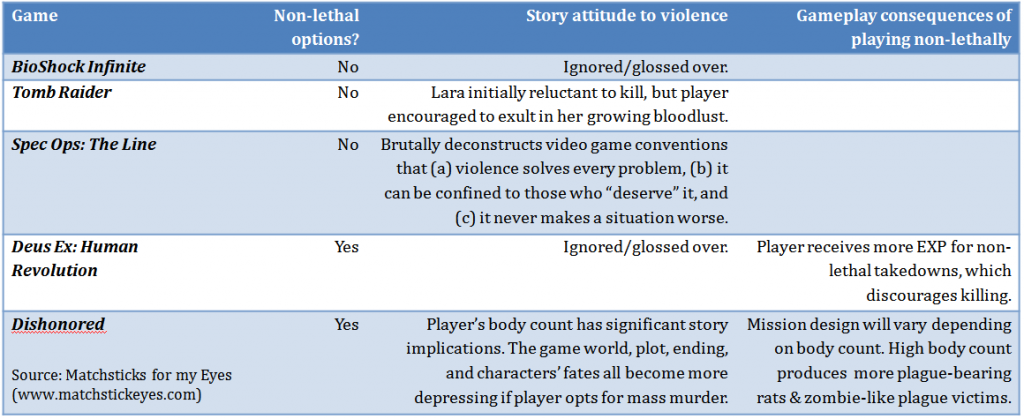 Read more here
Read more here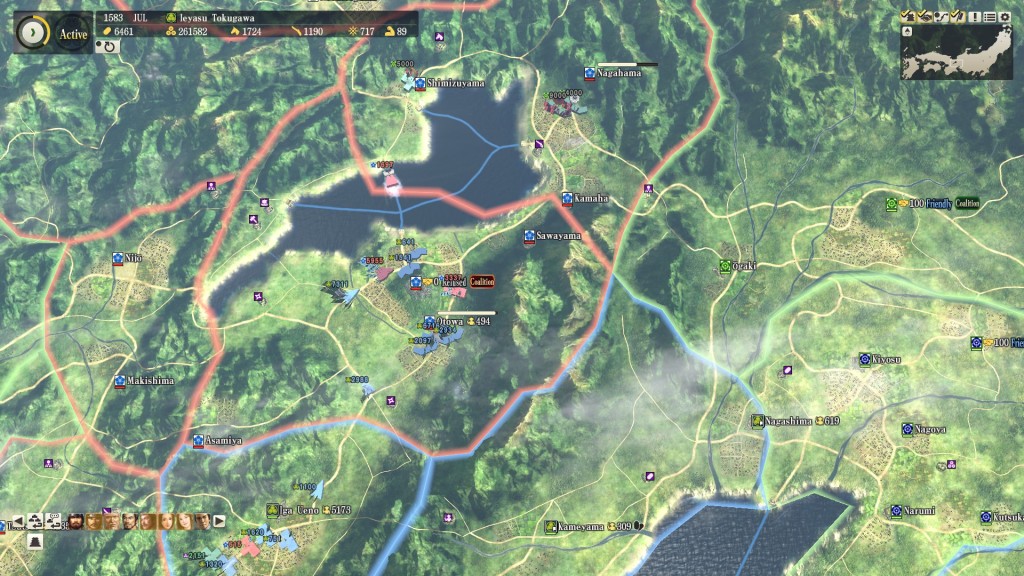
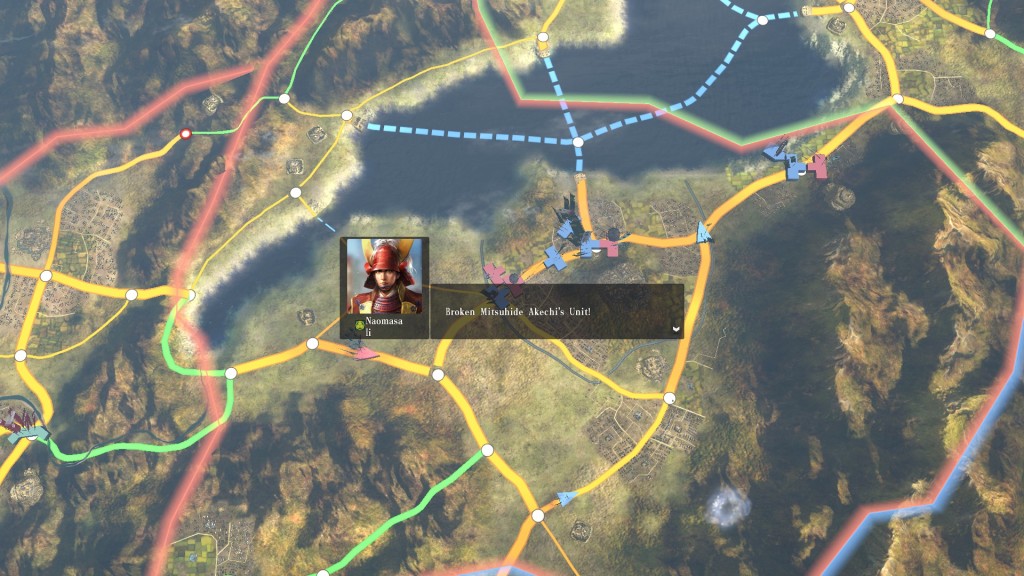
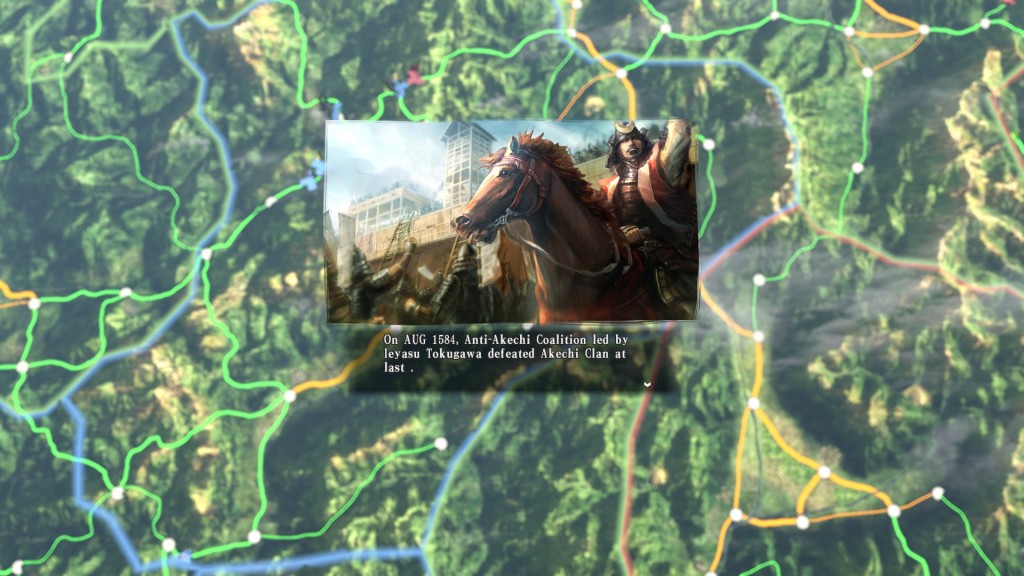
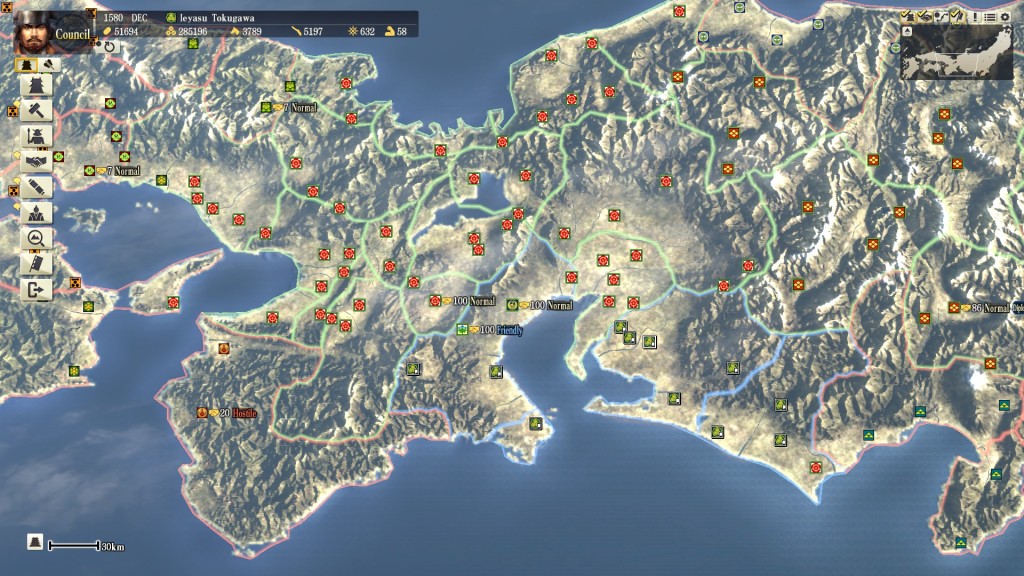
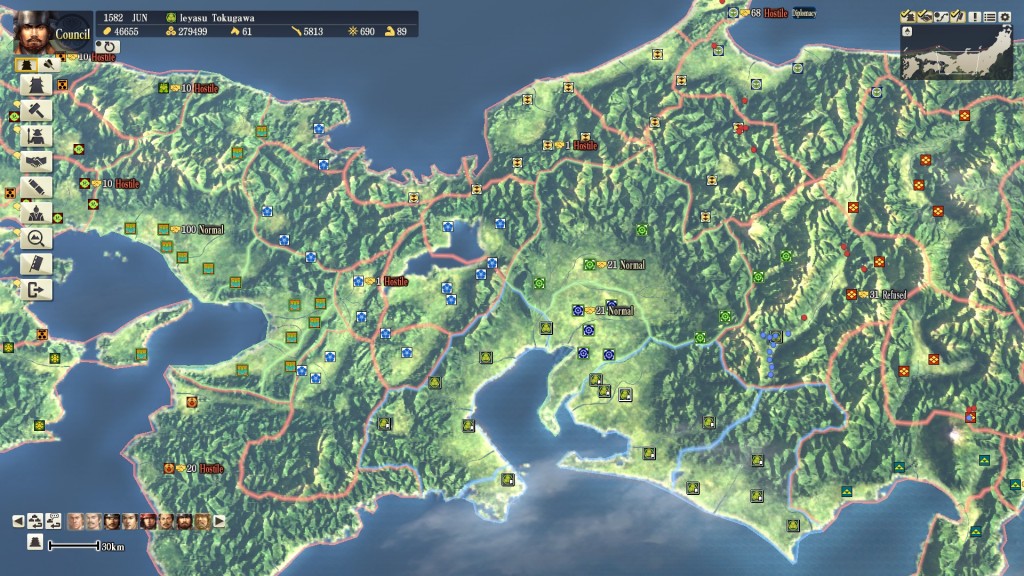
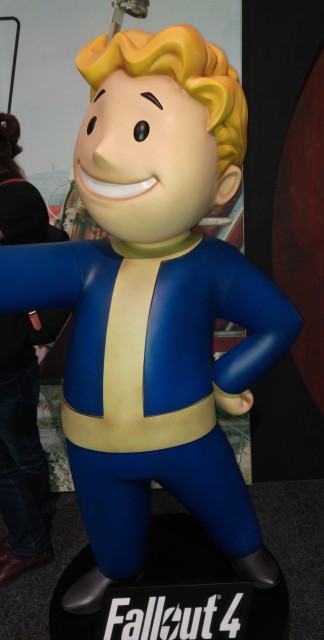

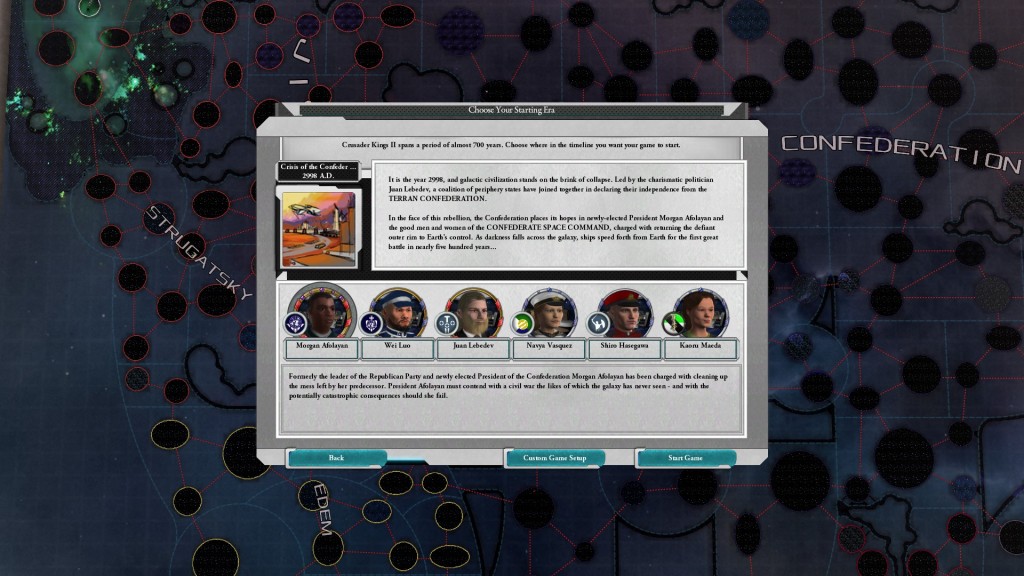

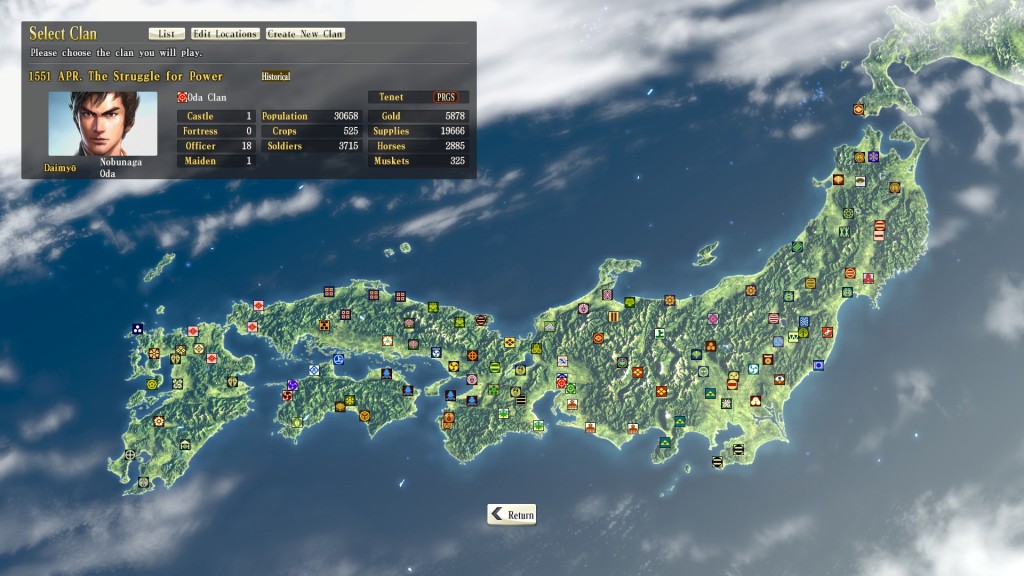
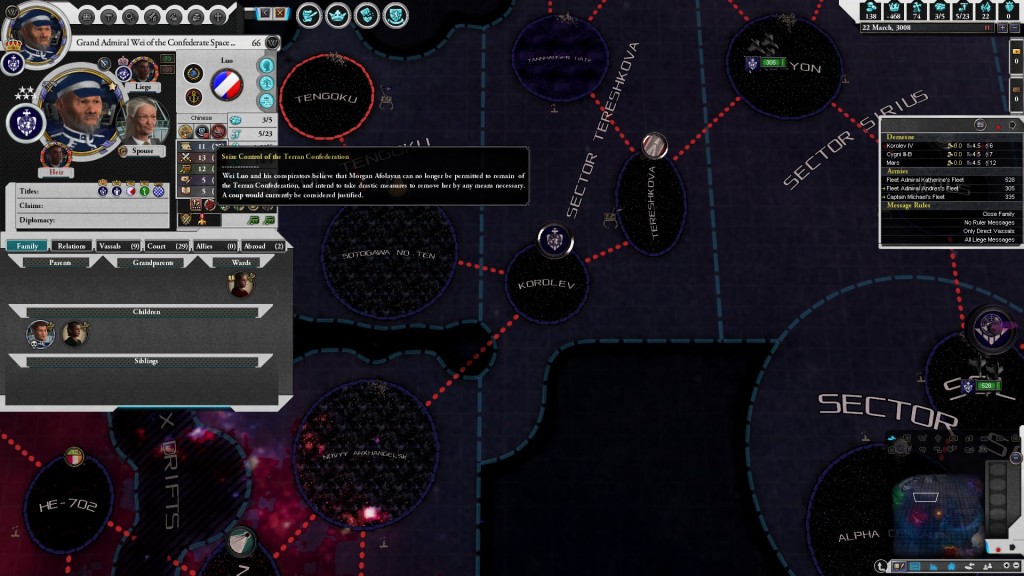
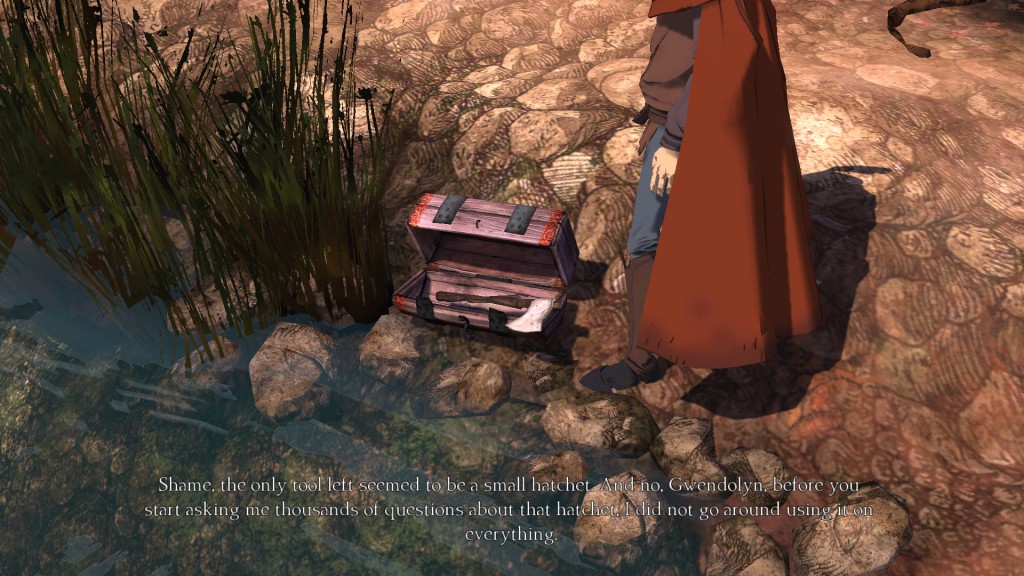
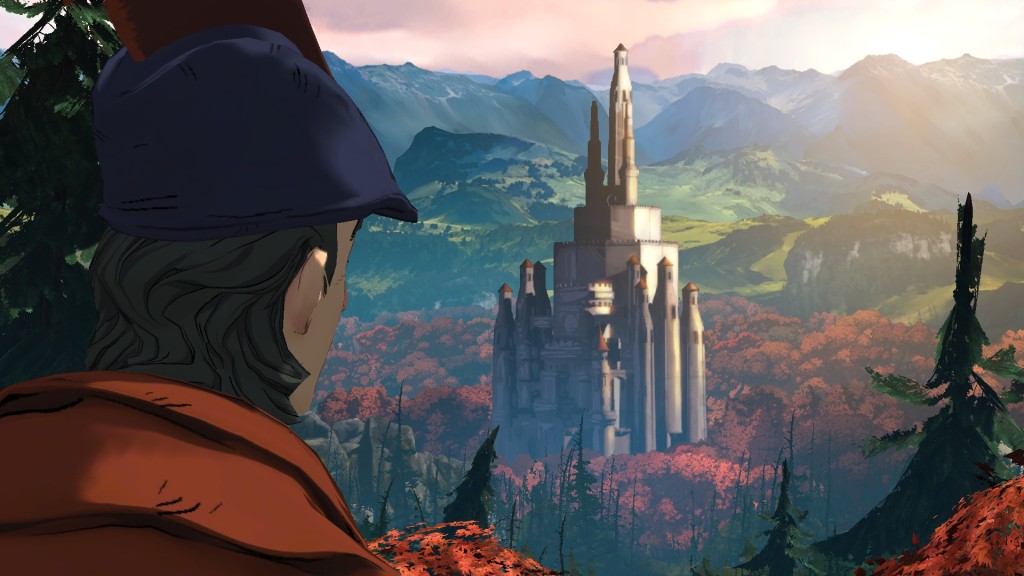
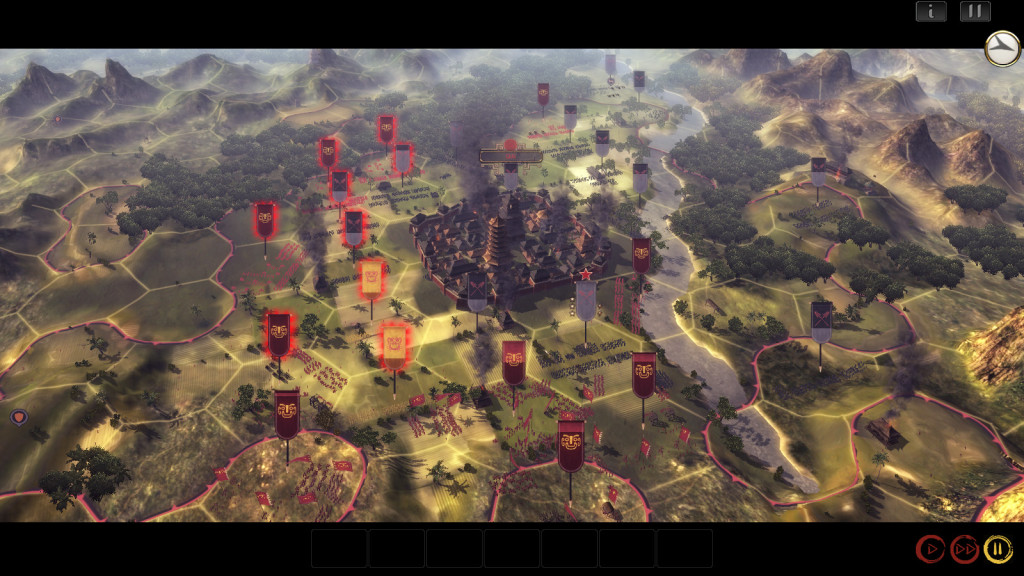
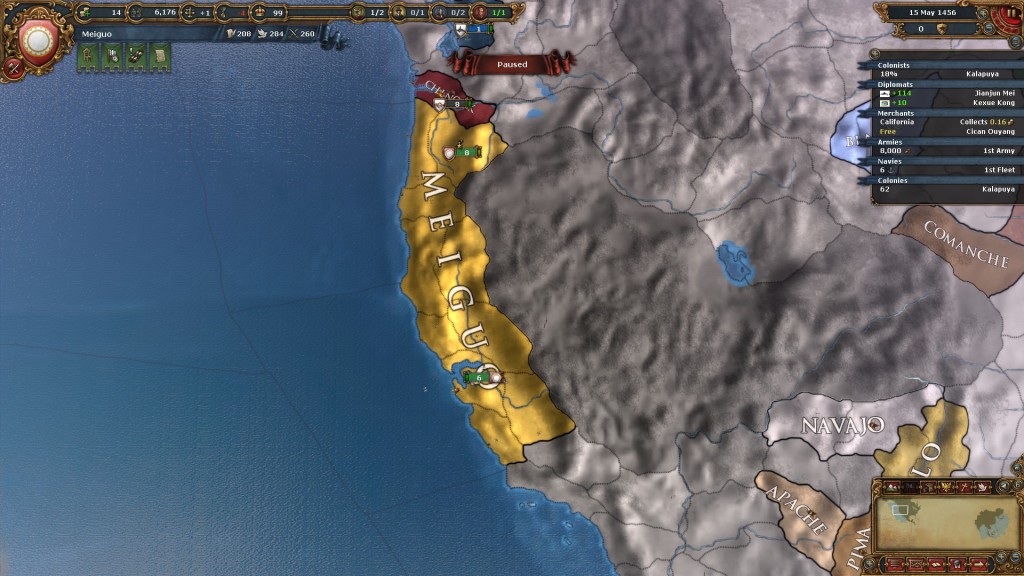
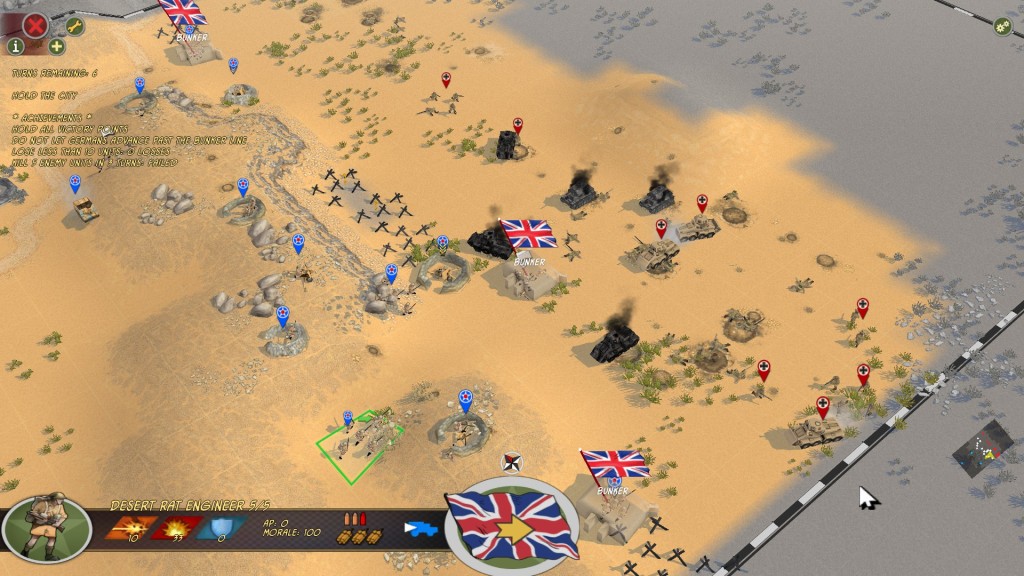
V65 is built on extreme asymmetry. When all goes well, US infantry can race from village to village in their transport helicopters, while tanks, gunships, and howitzers dominate the countryside as far they can reach. Not everything will go well:
At times, there were moments of panic: when supply convoys came under RPG fire, making me wonder if my distant troops were cut off; when the Viet Cong emerged at 2-3 points and I only had enough firepower to respond to one; when my only helicopter gunship came crashing down.
Eventually, I won both games1 with a two-pronged strategy: I carpeted the map with outposts, extending the range of my helicopters and artillery, while training enough South Vietnamese troops to hold the line. Now, I feel that I have a good enough grasp of the basics that I can experiment with different game modes, or just move onto another title.
Overall, V65 turned out to be precisely what I wanted from a strategy game: quick to play (a few hours per match), simple to pick up, and at the same time, fresh and thematically evocative. For $10, this is well worth a look for genre fans.
Further reading (and listening)
The Three Moves Ahead episode that sold me on V65. Contains a great discussion of the game, its depiction of its topic, and some really handy tips.
Tim Stone’s review.
Rob Zacny’s review.